Your architect may have refered to this technote, which ponts out the fact that:
By design, trigger types must be created locally in each VOB.
Trigger types, unlike other metadata types (labels, attributes, branches, elements, hyperlink), cannot be created as global resources in an Administrative VOB because they cannot properly traverse hyperlinks; which is how the Administrative VOBs connect to their client VOBs.
You can try and copy a trigger:
The cptype (copy type) command creates a new type object that is a copy of an existing type object. The existing and new objects can be in the same VOB, or in different VOBs. The copy can have the same name as the original only if you are making the copy in a different VOB.
But:
The two objects, original and copy, do not retain any connection after you execute this command.
They are merely two objects with the same properties, and perhaps even the same name. If there are any changes made to the trigger, such as by using cleartool mktrtype -replace, then those changes must be made manually to each copy of the trigger, or you must perform the copy again using the -replace switch; see the cptype reference page for more information.
I would recommend using an external system to monitor, trigger and report on your continuous integration.
You can either:

- more generally letting a CI tools (again: CruiseControl: Jenkins or Hudson or TeamCity) monitor a specific view which said CI tool updates regularely, detect any changes and trigger the build. See "Realizing continuous integration".


